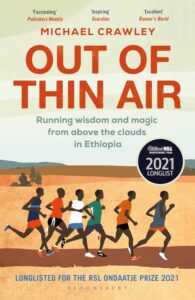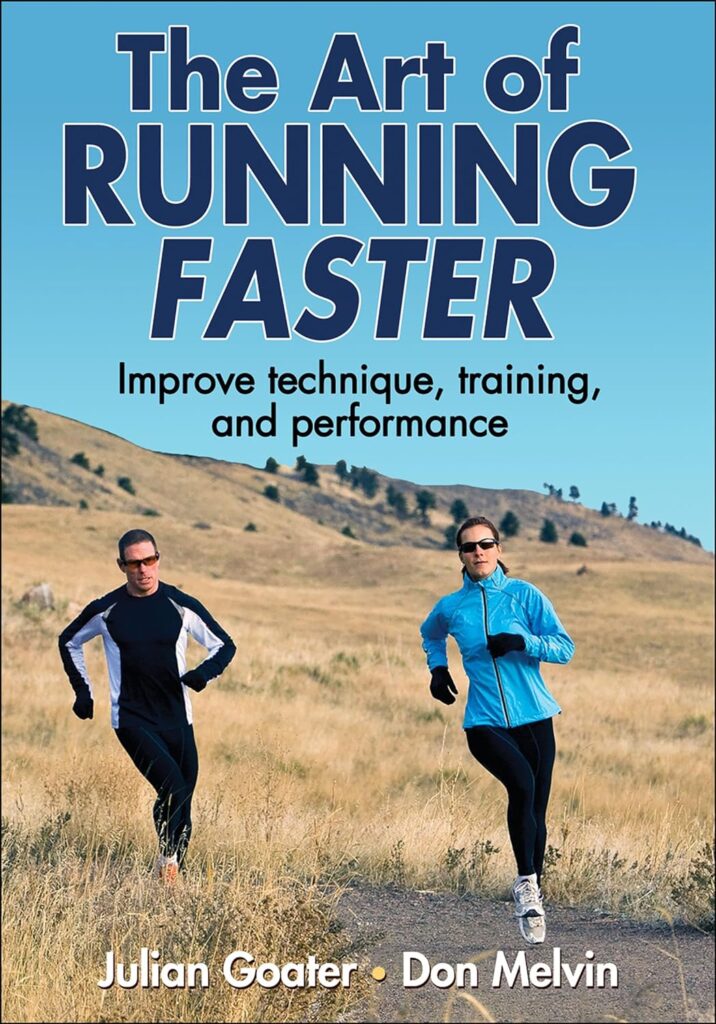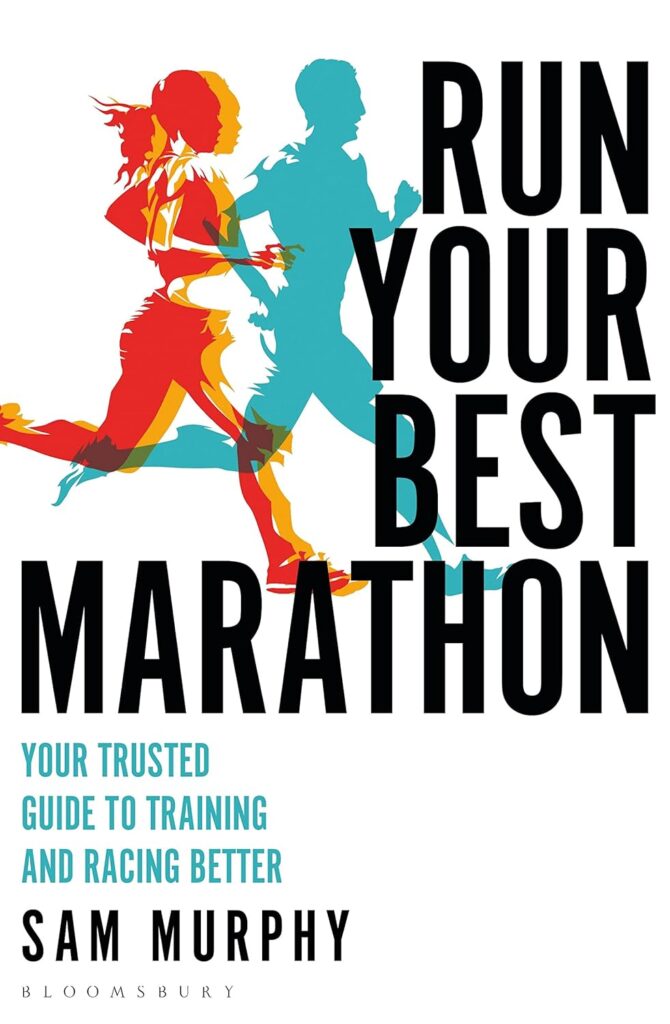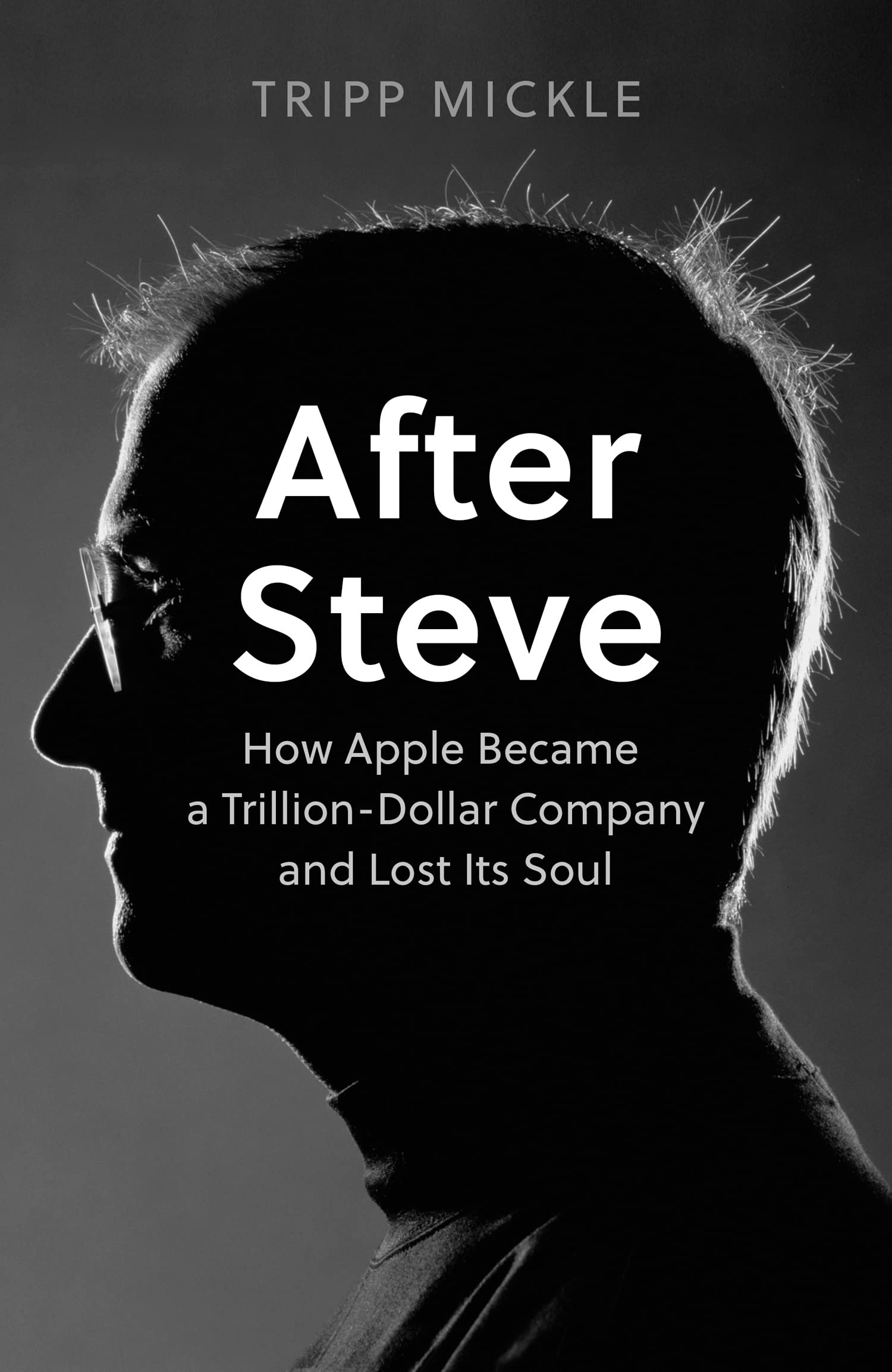This is perhaps my favourite book on running, and I have read quite a few. The title is a play on words. The author lists two meanings, though I can find three.
The first is that running has a mystique; “athletes who fly in, astound us with barely comprehensible feats of speed and endurance, and then vanish again into thin air,” Crawley writes.
The second and most important is that western media has tended to assume that “the performances of elite Ethiopian, Kenyan and Ugandan runners are produced almost directly ‘out of thin air’,” the reason being genetic traits or natural giftedness. This is patronising and wrong, and “masks the years of preparation and sacrifice that have gone into creating this illusion,” Crawley says, as well as the fact that the support of the Ethiopian state for running is “far superior” to that in the UK.
The third is that Ethiopians train at high altitude. The thin air has benefits, encouraging the body to adapt by creating more red blood cells, more blood vessels in the muscles, deeper breathing. Therefore running performance improves out of thin air.
It is timely that I write this Ethopia’s Tadese Takele has just won the men’s 2025 Tokyo marathon held on 2nd March, with a time of 2:03:23, and Ethiopia’s Sutume Asefa Kebede has won the women’s 2025 Tokyo marathon with a time of 2:16:31.
Crawley has two advantages over most others in writing this book. First, he is an outstanding runner. In 2018 he ran the Frankfurt Marathon in 2:20:53, putting him in the top 0.1% of runners, placing him 1084th best in the world for the marathon at the time, according to his world athletics ranking.
Second, he is an academic, an anthropologist who is an assistant professor at the University of Durham.
These two factors meant that when he went to Ethiopia between 2015 to 2016 to train with some of the country’s top runners, he both won the respect of the other athletes, and also brought with him unusual skills of observation.
The consequence is that as readers we become immersed in both the training and the life stories of the athletes. I have read other books about running in Africa but none has offered the same sense of being there as this one.
We learn about about what dedication to training means in this context; that the prize money for winning or placing high in major events is transformative and a big incentive for these runners; that training together with others is not just a matter of being in the same group but a deep connection of shared energy; that running on asphalt is the hardest kind of running and that natural surfaces are much preferred for training; that mixing different kinds of training, such as speed and terrain, even within a single session, is vital for progression; and that the transition from running well in training to performing in a foreign race is a difficult one that not everyone can manage.
There is much more and I felt a sense of loss when finishing the book. I look forward to reading it again.
Out of Thin Air is available from Amazon or from your favourite bookshop.







